To better understand
Thoracic computed tomography (CT) provides the best diagnosis for COVID-19 pneumonia, conclude these researchers from the Huazhong University of Science (Wuhan, China) and the Leiden University Medical Center (Netherlands).
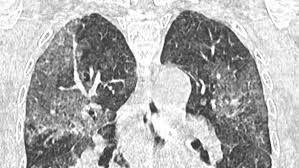
Analysis of imaging and laboratory test data from more than 1,000 patients shows that chest CT surpasses biological tests in diagnosing the epidemic associated with the new coronavirus, COVID-19. Researchers conclude, in Radiology, that CT scans should be used as the primary screening tool as soon as possible.
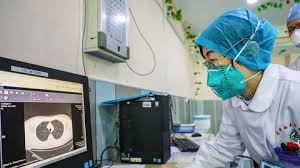
Thoracic CT scans provide the best diagnosis for COVID-19 pneumonia, these researchers from Huazhong University conclude. of Science (Wuhan, China) and Leiden University Medical Center (Netherlands). Analysis of imaging and laboratory test data from more than 1,000 patients shows that chest CT surpasses biological tests in diagnosing the epidemic associated with the new coronavirus, COVID-19.
The researchers conclude, in the journal Radiology, that computed tomography should be used, as soon as possible, as the primary screening tool.
Early detection, an undeniable tool for diagnosis
In the absence of curative treatment or specific therapeutic vaccines for COVID-19, it is essential to detect the disease at an early stage and be able to immediately isolate an infected patient. The latest guidelines recommend confirming the diagnosis of COVID-19 by RT-PCR (polymerase chain reaction from an RNA sample or gene sequencing) laboratory test of respiratory or blood samples before a decision to hospitalize.
However, taking into account the possible hazards during the collection and transport of the samples, as well as the performance of the kits, the total sensitivity rate of the RT-PCR analysis for the throat swab samples is estimated to be between 30 % and 60%.
81% of patients negative via RT-PCR but positive via chest CT would be reclassified positive to COVID-19 !!
This study therefore looked at the diagnostic value and the consistency of the chest imaging compared to the RT-PCR test for COVID-19 and in 1,014 patients. These participants underwent both chest CT and RT-PCR tests between January 6 and February 6, 2020.
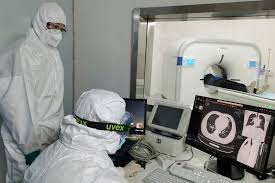
The performance of chest CT in the diagnosis of COVID-19 was assessed against the current reference standard. : RT-PCR. For participants who had to pass several RT-PCR tests, the dynamic conversion of the RT-PCR test results (negative to positive and positive to negative, respectively) was also compared to the serial chest CT scans. Analysis of this data shows that:
- 59% of participants (601) obtained positive results with RT-PCR, 88% (888) with CT.
- The sensitivity of chest CT to detect COVID-19 reaches 97%, based on the positive results by RT-PCR;
- in patients “negative” via RT-PCR, 75% (308 of 413 patients) are positive via chest CT: among these 308 patients, 48% are considered as very probable cases, including 33% as probable cases;
In conclusion, 81% of the patients negative via RT-PCR but positive by chest CT were reclassified as positive cases with COVID-19 very probable or probable, after complete analysis of the clinical symptoms and dynamic follow-ups by scanner.
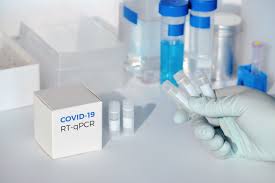
The low sensitivity of the RT-PCR technique means that a large number of COVID-19 patients will not be identified quickly and may not receive the appropriate treatment in time. In addition, this lack of detection – as well as the existence of asymptomatic cases – considerably increases the risk of the virus spreading. “The early diagnosis of COVID-19 is crucial for the treatment and control of the disease,” write the researchers in their press release.
“Chest CT imaging or chest scan can be a more reliable, practical and rapid method for diagnosing and evaluating COVID-19, especially in the epidemic area”
Says group of researchers
This routine imaging tool for diagnosing pneumonia is quick and relatively easy to perform.
Access to imagery is not always possible, accessible or achievable.
However, this study, like a recent research presented in the Lancet Infectious Diseases (2) suggests that CT (Visual: chest images of 2 infected patients) is a sensitive technique to detect COVID-19, even in asymptomatic subjects, and could be considered as an additional RT-PCR screening tool, for example in the event of characteristic symptoms and a history of travel to China or close contact with infected persons.
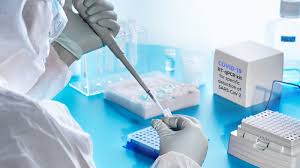
Finally, computed tomography appears here to be a particularly important screening tool for the small group of false negative patients via RT-PCR.
